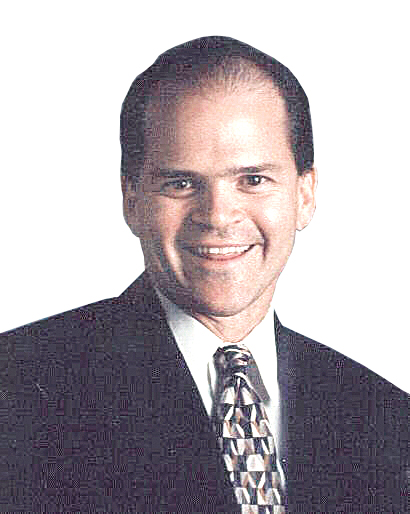Corneal Molding Can Correct Vision
To the uninitiated, the process sounds like magic. Here’s the pledge:
While wearing contact lenses for a night or two while sleeping, presto, an extremely nearsighted person can regain nearly 20-20 vision.
If it sounds too good to be true, you haven’t heard of orthokeratology – maybe because it goes by many names: corneal refractive therapy, corneal corrective contacts, vision shaping treatment.
Dr. Rick Graebe, a behavioral optometrist in Versailles, calls it gentle corneal molding. By any name, the process can reverse nearsightedness in people from 6 to 60.
Which Graebe has accomplished more than 100 times in more than 15 years, making him one of the most experienced of only a handful of doctors in Central Kentucky trained in the procedure.
“This means that people don’t have to be a victim of genetics or the environment,” Dr. Graebe said.
“That’s what I find so exciting for patients. This gives them another option.”
And a healthy one at that. Because gentle corneal molding reverses or slows the development of nearsightedness in children, it lowers their risk of developing glaucoma, retina detachment and macular degeneration in their later years.
All three are common forms of vision loss.
Three technological breakthroughs have made these results possible:
- The development of soft contact lenses that can be worn at night;
- A computerized lathing process for lenses;
- A corneal topography device that increases the number of measuring points from four to 3,000 per eye.
“Because these machines are more precise, we’ve taken the trial and error method of measurement out of the process,” Dr. Graebe said.
“Before, what took weeks and months to achieve, now takes days or even hours.”
So, how does it work? After a patient’s eyes are examined, Dr. Graebe designs and orders the lenses (it takes a week) to the exact measurements of the patient.
Patients are shown how to wear the lenses and then sleep with them that night.
The patient returns the next morning and is examined. The nearsightedness is often eliminated or reduced dramatically after the first night of wear.
The patient comes a week later, then monthly and finally needs only an annual exam.
OK, if gentle corneal molding is so effective, why don’t more doctors use it?
“It is very difficult to learn how to do it,” Dr. Graebe said. “I love to learn, so it’s great for me.”
And dozens of his patients, too.
Dr. Rick Graebe
Family Eyecare Associates &
Children’s Vision and Learning Center
105 Crossfield Drive, Versailles
myfamilyvision.com • 859-879-3665

